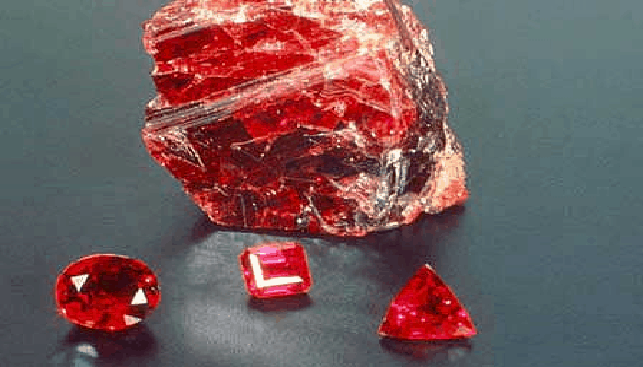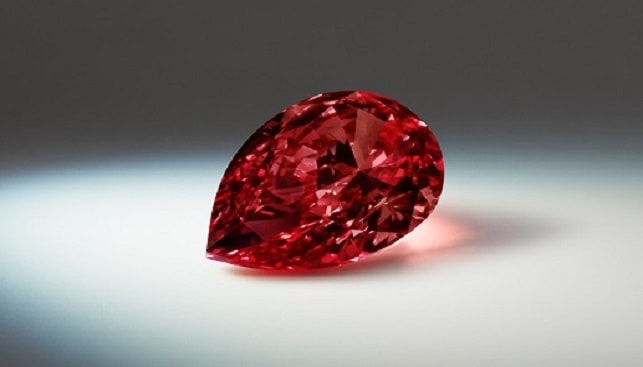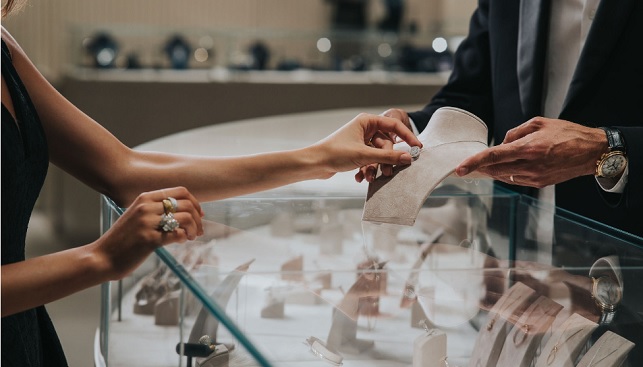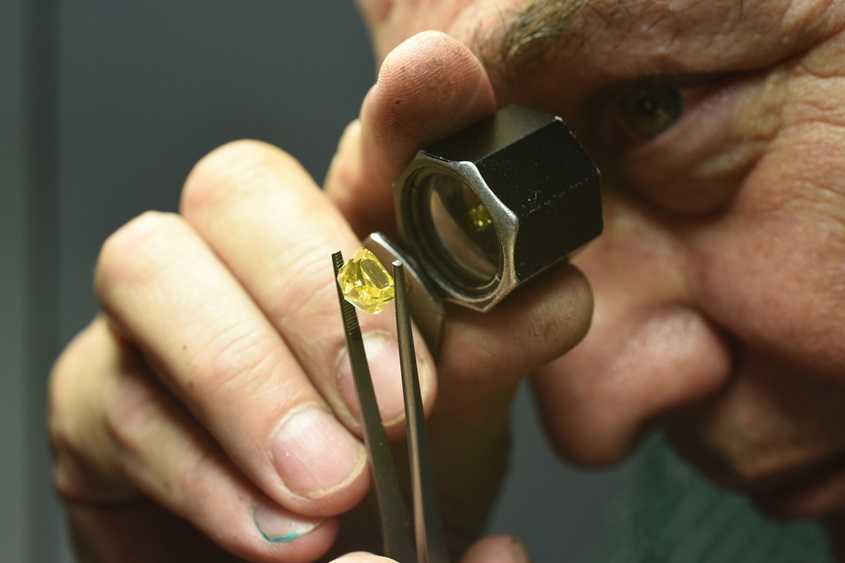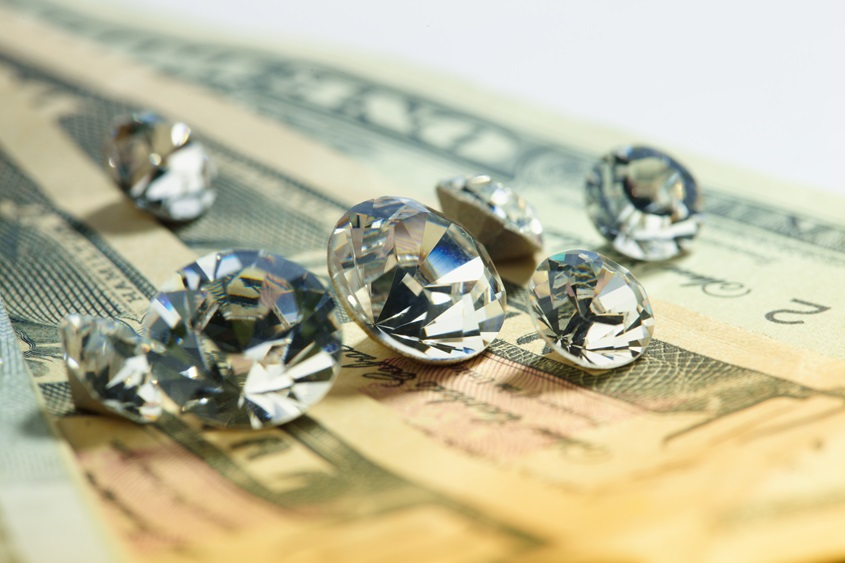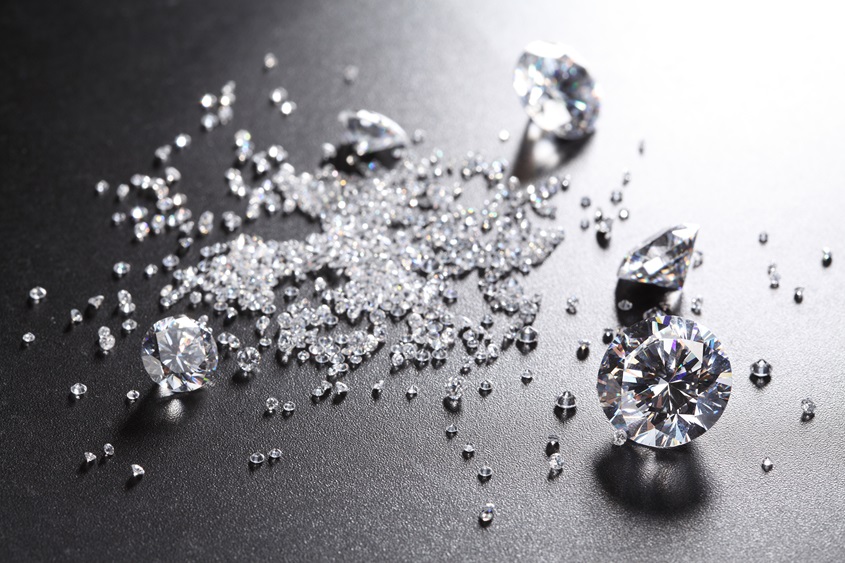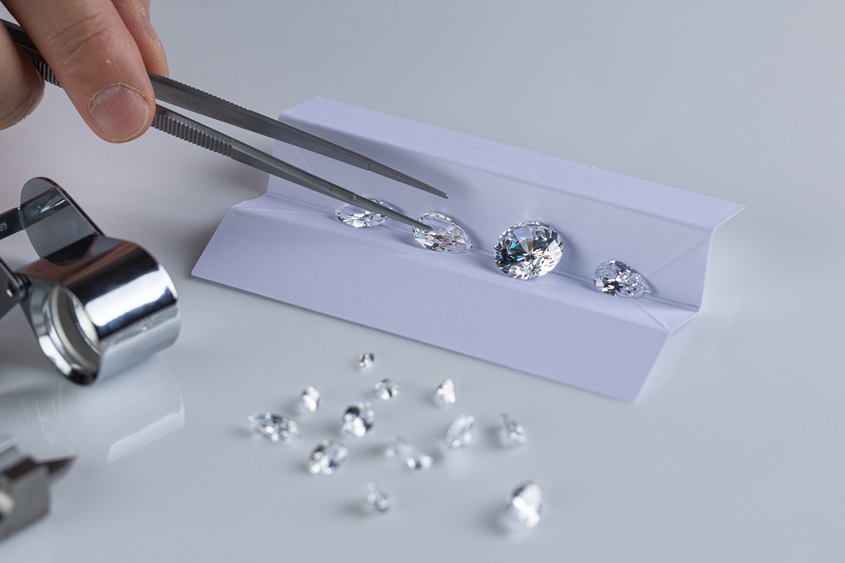ruby stone
Ruby, a red gemstone, is July’s birthstone. The gem, known as “Odem” in Hebrew, got its name from the Latin “rubrum,” which means red. Rubies are available in several shades of red, and the redder the stone, the more expensive it is.
Origin of the Name Ruby
The name “ruby” is of Latin origin – “rubrum” – meaning red. Rubies appear in various shades of red, with dark “pigeon blood” being the most prestigious shade. Pigeon blood rubies are extremely rare, even among rubies themselves.
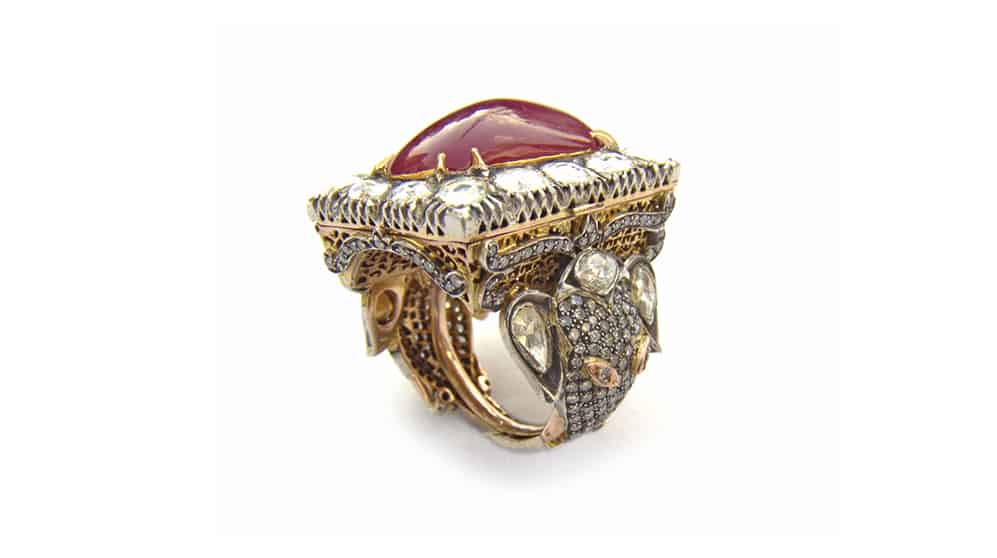
Rubies in Judaism
“Fashion a breastplate for making decisions – the work of a skilled craftsman. Make it like the ephod: of gold, and of blue, purple and scarlet yarn, and of finely twisted linen. It is to be square – a span long and a span wide – and folded double. Then mount four rows of precious stones on it. In the first row there shall be a ruby, a topaz and a beryl; in the second row a turquoise, a sapphire and an emerald.” (Exodus 28:15-18).
The Ruby stone is associated with the red stone of the Hoshen breastplate, a ceremonial piece worn by the high priest of the ancient Israelites. Among the 12 Hoshen stones, it represents the Tribe of Reuben.
There is no actual proof that the modern ruby is indeed the Hoshen gemstone: its etymology suggests that the red stone inlaid in the Hoshen breastplate was actually carnelian – a red gem which archeological findings have establish was common in ancient times.
The correlation between red gems and rubies can be traced back to the 10th century, in a Latin translation of the Bible by Luca ben Costa.
The Midrash also mentions the name ruby, but it is attributed to what we now know as corals: “(…) and this stone is called rabin, it grows in the sea… and is as red as blood.”

Healing Attributes of the Rubies
Rubies have been hailed as having magical healing powers since ancient times, and were considered to bestow wisdom and promote wealth. Ancient mid-eastern practices called for ruby flakes or powder to be applied to open flesh wounds, in an effort to gain courage and wisdom.
The rarity of rubies in ancient times turned them into a symbol of power and sovereignty. The Indians believed rubies conducted heat, and that placing them in water would bring the water to a boil.
Chemical properties of Rubies
Crystal habit and system: rubies and sapphires belong to the same group – corundum – which is crystalline form of aluminum oxide (Al2O3) with traces of iron, titanium and chromium. The differences in color stem from the differences in the quantities of color-composition elements. Though similar in composition, rubies are far rarer than sapphires, and high quality rubies may fetch higher prices than diamonds. Graff Jewelers of London bought an 8.62 carat ruby for $3.6 million at a 2006 Christie’s auction – $425,000 a carat!

Asterism
When a ruby stone is cut a certain way, it disperses light in a unique star-shaped pattern. These rubies are called “Star Rubies”, since the star shaped reflection – which can sometimes show up to 12 rays – stays the same regardless of the angle of the stone. One of the most famous star rubies is the Delong Star Ruby, which in on display at the Museum of Natural History in New York. The Delong Star Ruby weighs 100.32 carats.
Hardness of Ruby
A ruby’s hardness is second only to that of diamonds. This trait, and their innate durability, has made rubies useful for mechanical timepieces. They are still used in the mechanical watch industry today.
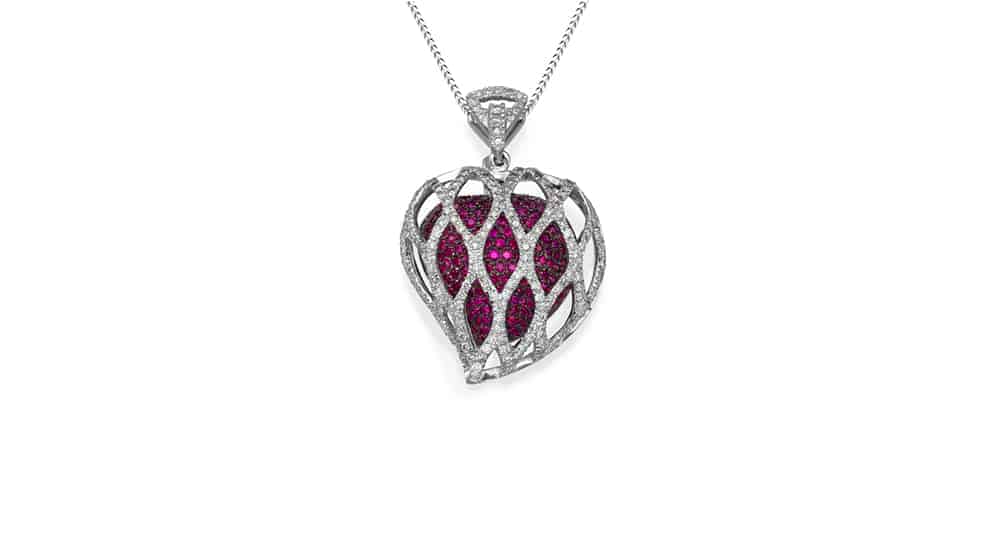
Famous Rubies
The Rosser Reeves Ruby: at 138.7 carats, the Rosser Reeves Ruby is biggest ruby in the world. Its origins are from Sri Lanka and it was donated to the Smithsonian in 1965 by owner Rosser Reeves. The original ruby donated weighed over 140 carats, but its condition required re-polishing, which left it a few carats lighter. The Black Prince’s Ruby pis erhaps the most famous case of “mistaken gem identity”, the Black Prince’s Ruby is an egg-size gem weighing roughly 170 carats. It is set in the English Crown, and is one of oldest gems of the Crown Jewels. However, it is not a ruby – it is a spinel. The latter was mistaken for a ruby since until the 20th century all red gemstones were referred to as “rubies”.
The Carmen Lucia Ruby considered one of the biggest rubies in the world, the Carmen Lucia Ruby is a 23.1 carat Burmese ruby, set in a platinum ring with diamonds. It was donated to the Smithsonian’s National Museum of Natural History by businessman and philanthropist Peter Buck in memory of his wife Carmen Lucia.

Mining Rubies
Rubies are mined in Myanmar, Thailand, Sri Lanka, India, Pakistan and Australia, with each location producing stones which are slightly different in their chemical composition. Rubies mined in Sri Lanka, for instance are pinkish-red, while rubies mined in Thailand are purplish-red.
Myanmar has been a hub of ruby mining for thousands of years. An ancient law decreed that any ruby larger than six carats was to be turned over to the king’s treasury. In those days, miners would immediately cut large rubies, in order to keep and sell them.
Famous July Birthdays
Julius Caesar, Henry Ford, George W. Bush, Tom Cruise
| Chemical formula: | Aluminum oxide with chromium, Al2O3 |
| Group: | Corundum |
| Color: | Various shades of red |
| Mohs scale hardness: | 9 |
| Specific gravity: | 3.97-4.05 |
| Refractive index: | 1.76-1.77 |
| Crystal system: | Trigonal |
| Zodiac: | Capricorn |
| Jewish tribe: | Reuben |
| Planet: | The Sun |
| Hindu chakra: | Anahata – the fourth primary chakra representing the heart |
By: Iris Hortman

